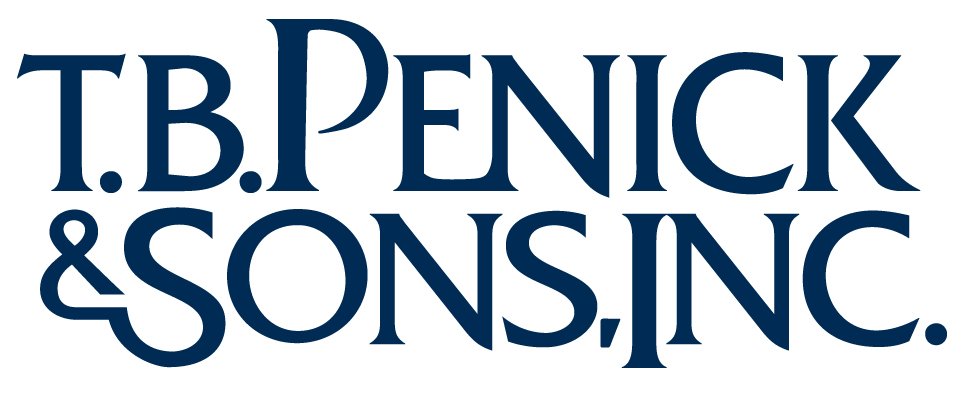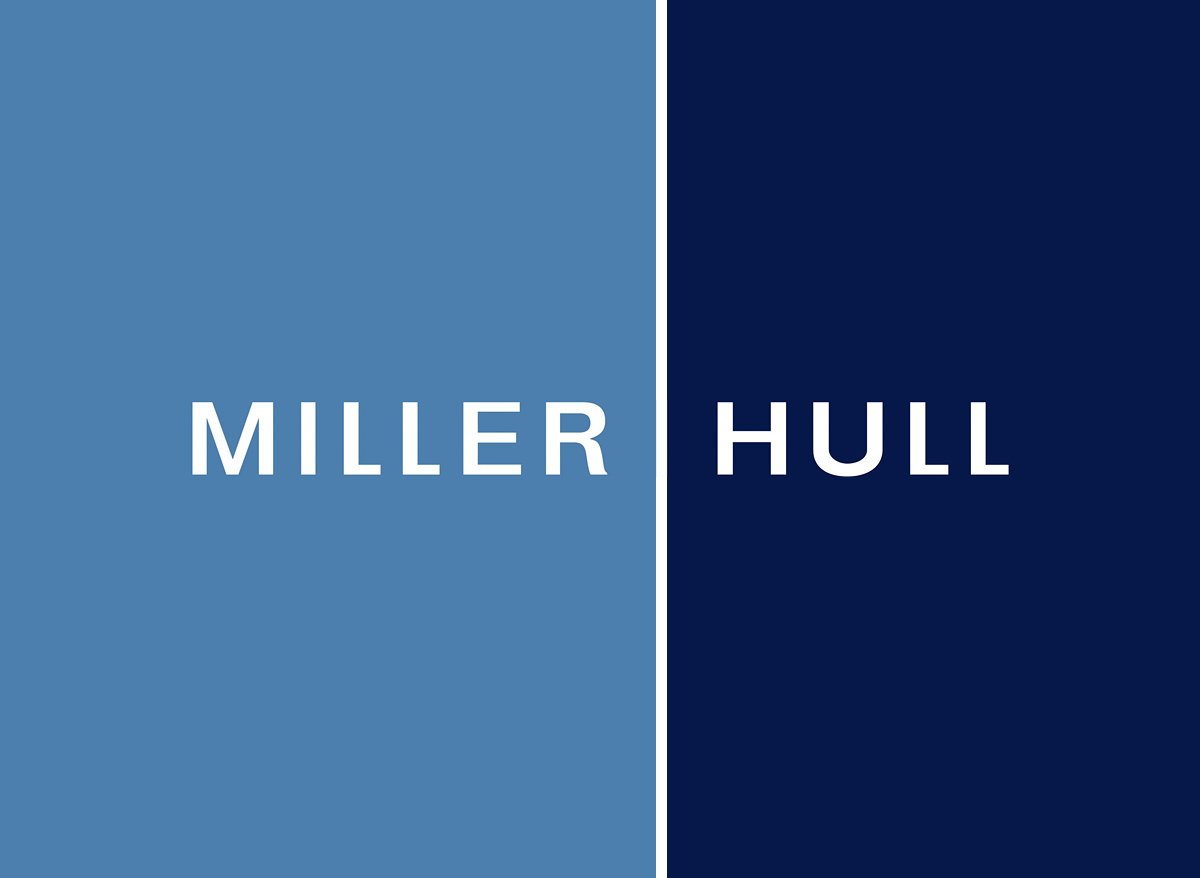CLIENT: Woodland Park Zoo Seattle, Washington
CHALLENGE: Provide an energy-efficient daylighting solution that could retain insulation, easily and efficiently integrate with the new insulated metal roof system and be completely hidden from sight
RESULTS: The Solatube SkyVault Series illuminates the space with natural daylight without sacrificing insulation or aesthetics, providing the best care and environment for the Woodland Park Zoo's Komodo dragons, while increasing exhibit sustainability and enhancing the overall visitor experience
PRODUCT: 13 Solatube SkyVault M74 units
SOLATUBE DISTRIBUTOR/INSTALLER: Lumenomics
ARCHITECT: Dennis Poon
When the Woodland Park Zoo in Seattle, Washington, decided it was time to retrofit its decades old Komodo dragon exhibit, the design team determined that the former glass roof needed to be replaced. They wanted to replace the roof with a solid structure to increase sustainability and improve care. Unfortunately, this would mean eliminating all the natural daylight in the enclosure.
Using the 13 Solatube SkyVault M74 Tubular Daylighting Devices (TDDs), the design team could add natural light to the exhibit without compromising the Komodo dragons' strict climate conditions. Through the use of the TDD's, the design team was able to seal the heat and humidity in the exhibit and keep Seattle's cold, rainy weather out, all while enhancing the guests' experience.
The new exhibit is now a safer, more energy-efficient exhibit that will keep the animals healthy and the Zoo's guests happy for decades to come.
BACKGROUND: There are over 3,000 lizard species, but the Komodo dragon wins the prize for being the largest living lizard in the world. The endangered species, which can grow up to 10 feet long and weigh more than 175 pounds, can be seen when visiting the Woodland Park Zoo in Seattle, Washington. And while many people think of Komodo dragons as large, fearsome creatures with venomous bacteria-filled saliva, sharp claws, and tough scales, Komodo dragons actually have a more sensitive side, especially when it comes to their sunbathing needs. As cold-blooded animals native to Indonesia, Komodo dragons thrive in extremely hot and humid climates.
CHALLENGE: To increase exhibit sustainability and ensure theirKomodo dragons were receiving the best possible care, the Woodland Park Zoo decided to retrofit their decades-old exhibit and provide better insulation to the space. The exhibit enclosure, which had been covered by a glass roof, would be replaced with a solid roof that would better seal in the heat and humidity the Komodo dragons needed. Unfortunately, this new roof would eliminate all the natural light in the exhibit that the Komodo dragons needed to thrive.
SOLUTION: However, just like humans, animals need natural light too. The design team used 13 Solatube SkyVault M74 TubularDaylighting Devices to bring natural daylight deep into the space. By combining breakthrough optics with progressive engineering, the SkyVault Series delivers massive amounts of full-spectrum daylight to maintain the vivid, true colors of the enclosures with unmatched thermal performance – keeping the Komodo dragon climate conditions sealed in tight–and the external weather out.
Additionally, the Zoo intended to hide all the lighting fixtures from guests' view in the observation areas. With customizable systems, the Solatube Tubular Daylighting Devices were fit to the desired size and direction and were successfully hidden away from sight.
RESULTS: With the consistent daylight provided by the SolatubeSkyVault Series, the Woodland Park Zoo will be able to provide the best care and environment for their Komodo dragons, increase exhibit sustainability and enhance the overall visitor experience.
"This enclosure was originally designed back 20 years ago, and it was built inside essentially as a greenhouse with a glass roof. We didn't have enough control over the environment- especially temperature and humidity, so in this project, the number one goal was to gain complete control over the environmental conditions," said Kevin Murphy, animal curator at the Woodland Park Zoo. "In my experience, animals react positively to a natural photoperiod. So, we needed a design strategy that would allow us to close off the glass roof, while still allowing natural light into the space and maintaining sufficient insulation."
"What you see in the new space is what we set out to do. We didn't have to increase the space or build a whole new exhibit. We found a solution that checked off every box, and I think the dragons will benefit tremendously from it," added Murphy.


























